'Ransomware attack Warning Alert' Pop-up Can’t be Trusted
'Ransomware attack Warning Alert' pop-up with misleading message has been a headache for lots of computer users. This fake security warning can appear on many phishing pages such as windozssupport247.info, www.pcinfectedalert.com, microsoftsupport.com-supportsoft36.com, which are designed to take control of users’ browsers. Once gaining access to your device, it might freeze your screen with a Windows Defender alert claiming that Malicious spyware/riskware detected with Error # 0x80072ee7, which needs you to call immediately. The number provided vary, including but not limited to: 1-866-391-6238, 1-855-240-0570, 1-888-249-7428, 1-888-547-4915.
Never Hesitate to Expunge 'Ransomware attack Warning Alert' Pop-up
For starters, '** Ransomware attack Warning Alert **' warning is powered by a Trojan.TechSupportScam threat, which makes an effort at causing web browser dysfunctions such as homepage hijacking, webpage redirecting, sudden freeze-ups. Apart from tricking you into contacting the swindlers behind, which might actually put system health and data security in real danger, this ad generator may also run interference for other PUPs or even drive-by-download threats, with which your computer performance can be far away from normal.
You should never take any points from such kind of technical scam. Not to mention paying for its service and allowing anyone over the phone to access your computer via remote connection. Usually, the bombardment of 'Ransomware attack Warning Alert' scam and malicious activities won’t stop unless you locate and purge the adware or riskware bundled by this nuisance.
Plan A: Clean up 'Ransomware attack Warning Alert' Scam Automatically with SpyHunter
Plan B: Remove 'Ransomware attack Warning Alert' Scam Manually
Plan A: Clean up 'Ransomware attack Warning Alert' Scam Automatically with SpyHunter
SpyHunter by Enigma Software Group LLC is a spyware detection & removal tool providing rigorous protection against the latest threats including malware, trojans, rootkits & malicious software. It will not only update malware detection and removal definitions daily, but also offer you free technical support and custom fixes for hard-to-kill malware with limited interaction.
Step 1. Click the following icon to get malware removal tool SpyHunter
Step 2. Follow the on-screen instructions to install this security program on your computer.
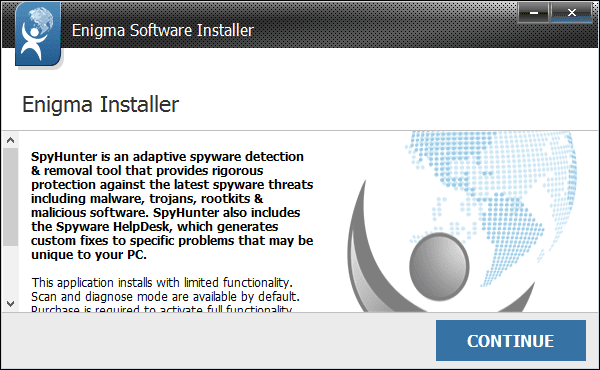
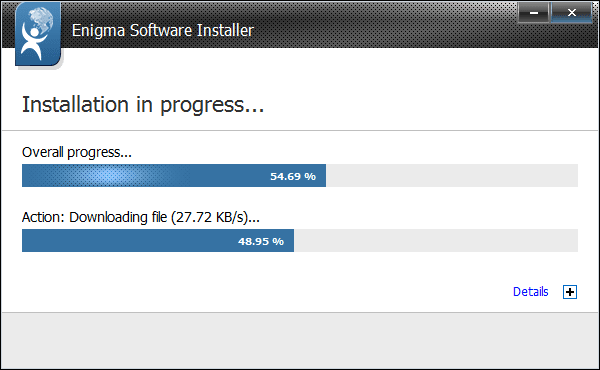
Step 3. Run SpyHunter and select ‘Start New Scan’ option on the interface. SpyHunter will scan for any suspicious or malicious threats on your machine. It might take some time to complete the process, please be patient.
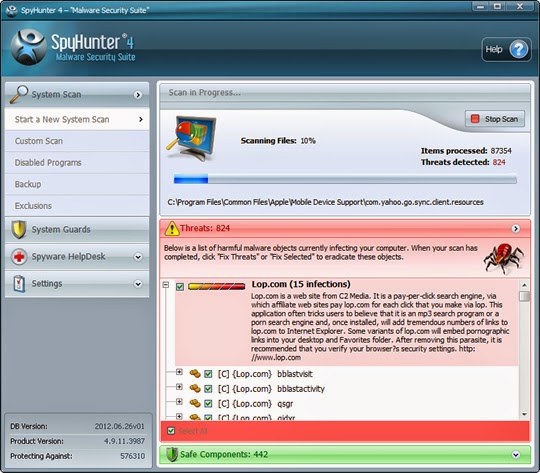
Step 4. After scanning, click the built-in "Fix Threats" button to automate the whole removal process and get rid of all detected items.

Plan B: Remove 'Ransomware attack Warning Alert' Scam Manually
Step 1. End malicious processes generated by this scam Ad
Press key combination (Ctrl+Alt+Del) to launch Task Manager

Step 2. Uninstall unwanted program that bundled with this Ad
Win 7: Go to the “Start” menu, select “Control Panel”. Locate “Programs”. If there is anything related to ‘Ransomware attack Warning Alert’ Scam on the list of your Programs, then select it and uninstall it.
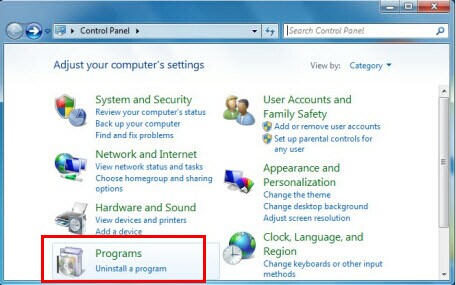
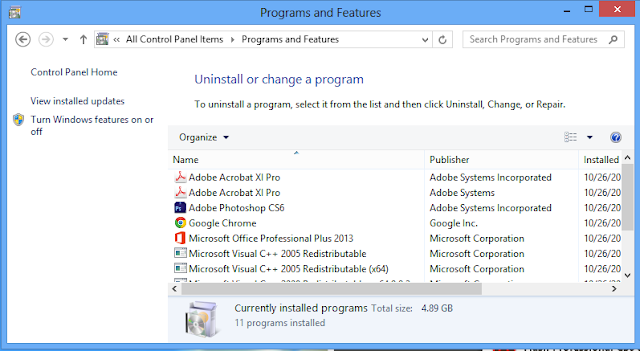
Win 10: Go to the “Start” menu, select “Settings” and then “System”; Click on “Apps & features”, if there is ‘Ransomware attack Warning Alert’ Scam related item, select and uninstall it.
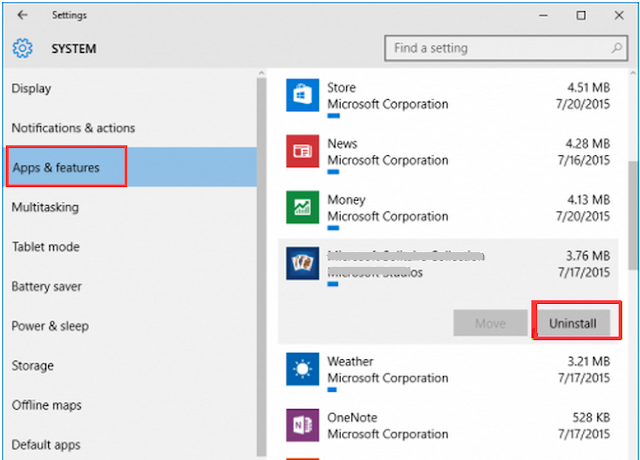
Step 3. Reset your affected browsers one by one
Google Chrome:
Click the Chrome menu on the browser toolbar and select Settings:
a) Scroll down to the bottom of chrome://settings/ page and click Show advanced settings
b) Scroll down to the bottom once again and click Reset Settings

Internet Explorer:
a) Click Start, click Run, in the opened window type "inetcpl.cpl".
b) Click "Advanced" tab, then click Reset.

Mozilla FireFox:
Open Firefox->> choose Help ->>choose Troubleshooting information
a) Click on Reset Firefox. Choose Reset Firefox again to make sure that you want to reset the browser to its initial state.
b) Click Finish button when you get the Import Complete window.
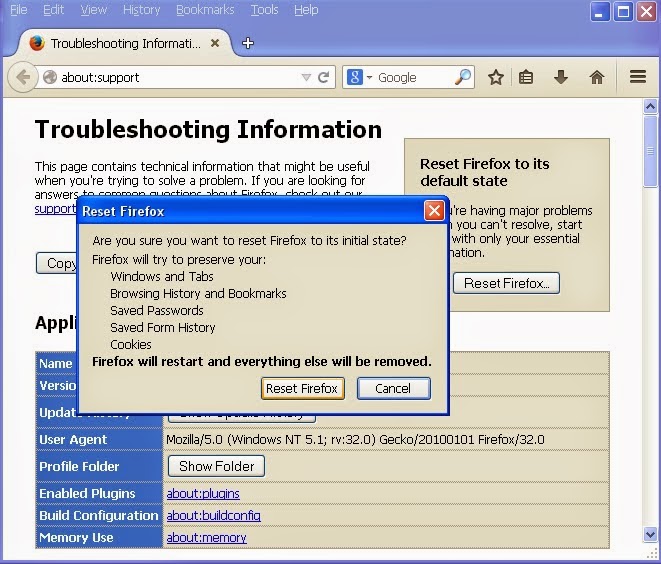
Step 4. Find out and delete associated files
%ProgramData%\*. %CommonProgramFiles%\ComObjects*.exe %windir%\SeviceProfiles\LocalService\AppData\Local\Temp\random.tlb
Specially Remind:
Anything taking a hand in your browsing and messing up things like 'Ransomware attack Warning Alert' fake alert should be eliminated in a timely fashion. If you are puzzled by the manual removal steps, you could feel free to get security tool – SpyHunter to help you abbreviate the problem.


No comments:
Post a Comment